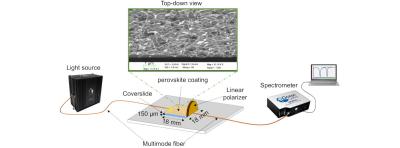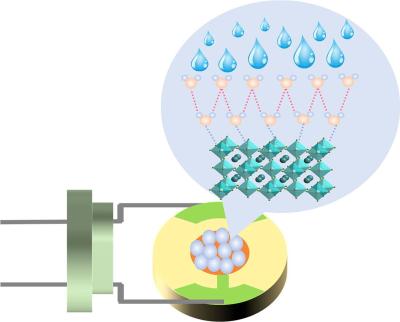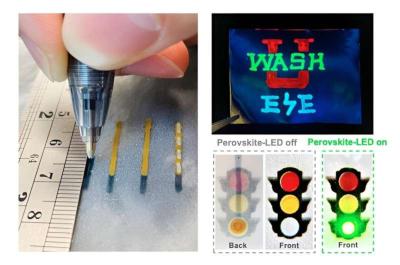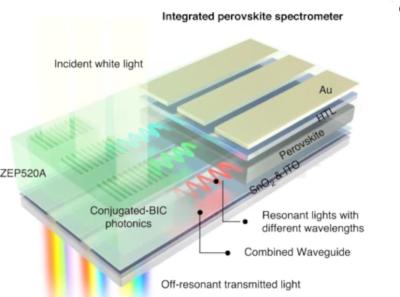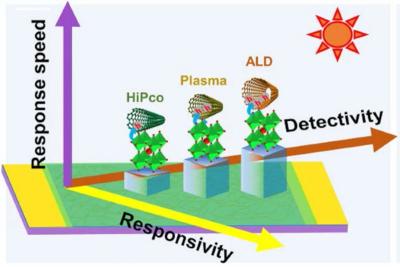Researchers develop perovskite-based synapses for neuromorphic vision sensors
Much research work is put into emulating the human vision system, that can effortlessly and efficiently interpret the visual world despite the barrage of fragmented data that strikes the retina. Neuromorphic visual sensors (NVS) based on photonic synapses hold great promise towards that end, but current photonic synapses rely on delicate engineering of the complex heterogeneous interface to realize learning and memory functions, resulting in high fabrication costs, reduced reliability, high energy consumption and uncompact architecture, severely limiting the up-scaled manufacture, and on-chip integration.
The concept of an artificial visual system mimicking the biological system. a) The biological visual system consisting of the retina (receiving and preprocessing), optic nerves (transmitting), and the visual center (processing and memory system) and a multilayer structure of a retina. b) The artificial visual system based on a 2T vertical photodetector of ITO/(BA)2PbI4/ITO. The exciton-ion coupling is responsible for the nonvolatile photocurrent. Image from Advanced Materials
Now, researchers at Nanjing Normal University, Beijing University of Posts and Telecommunications and RMIT University have reported a nanomaterials-based approach using solution grown hybrid organic-inorganic perovskites (OIHP) that intrinsically unites both photodetection and dynamic, adaptive synaptic signal modulation within single micron scale elements.



